
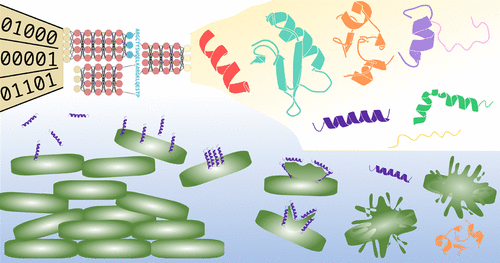
Antimicrobial peptides (AMPs) show promise in treating resistant infections. However, applications of known AMPs have encountered issues in development, production, and shelf-life. To drive the development of AMP-based treatments, it is necessary to create design approaches with higher precision and selectivity toward resistant targets. In this project, we developed AMPGAN a generative adversarial-based model, and obtained proof-of-concept evidence for the generative approach to design AMPs with experimental validation. We proposed a bidirectional conditional generative adversarial network (BiCGAN)-based approach for rational AMP design. AMPGAN uses generator-discriminator dynamics to learn data-driven priors and controls generation using conditioning variables. The bidirectional component, implemented using a learned encoder to map data samples into the latent space of the generator, aids iterative manipulation of candidate peptides. These elements allow the AMPGAN to generate candidates that are novel, diverse, and tailored for specific applications, making it an efficient AMP design tool.
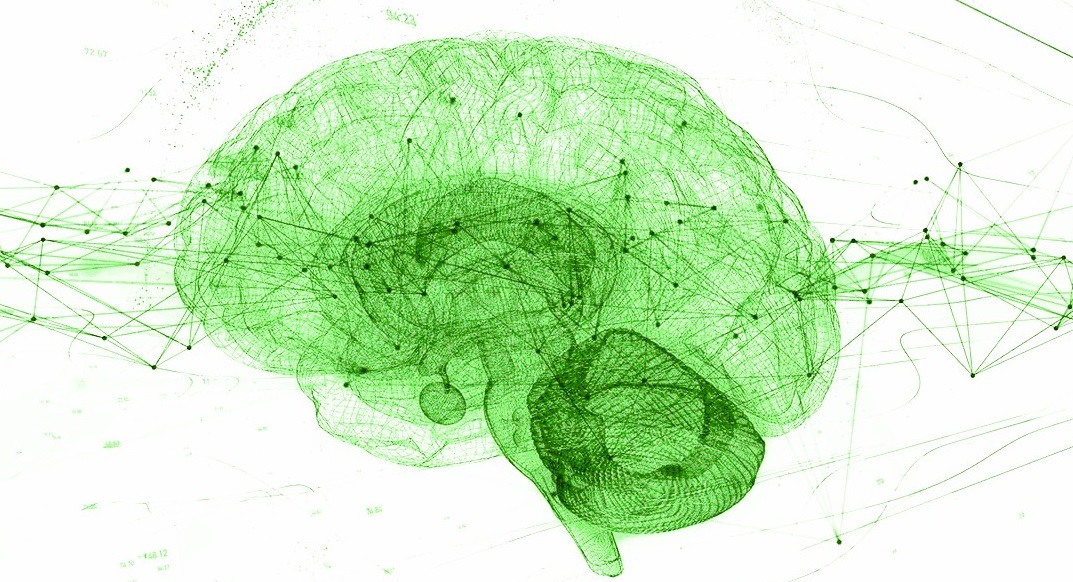
Agents created with traditional reinforcement learning (RL) techniques have achieved some remarkable successes recently. However, they tend to perform poorly on environments with partially observable information and feature poor generalization when faced with new phenomena. We are working on combining advances from Meta-RL, which creates agents that are able to learn how to solve new tasks, and Intrinsic Motivation, which induces agents to intelligently explore their environment.

State estimation is critical to the operation and control of modern power systems. However, many cyber-attacks, such as false data injection attacks, can be undetectable using conventional detection methods and interfere with the normal operation of grids. In this project, we aim to use deep neural networks for detection of false data injection attacks and localizing where this false data was injected.
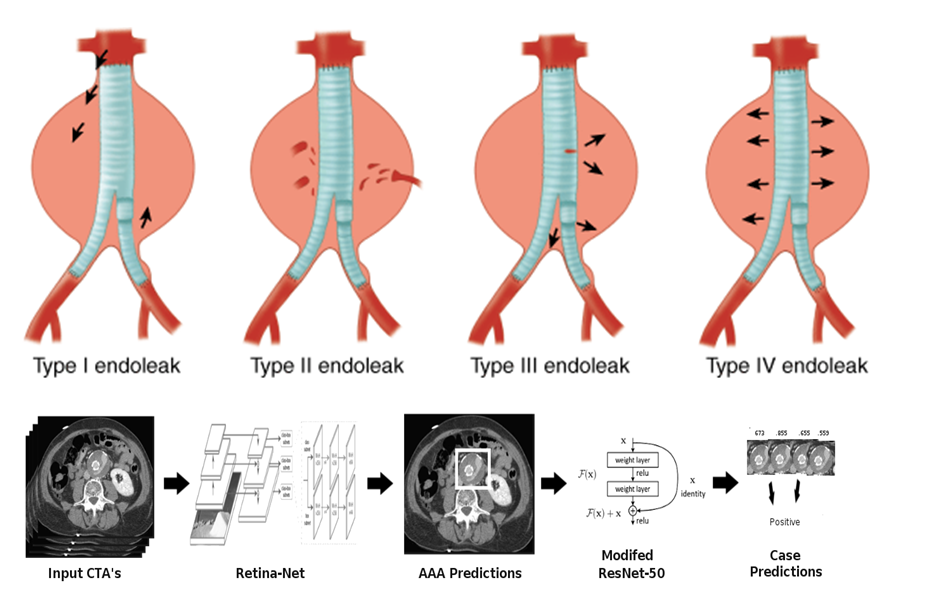
An Abdominal Aortic Aneurysm (AAA) is an enlarged area in the lower part of the aorta and in the case of larger or rapidly growing aneurysms represents a major surgical risk. Surgical treatment can involve open repair to replace the aneurysmal aorta with a graft or more commonly endovascular repair (EVAR) to seal an aneurysm with a stent-graft. This paper is primarily concerned with the automated binary classification of Endoleaks, defined as perigraft flow into the residual aneurysm sac, within computerized tomography angiography (CTA) volumes of patients post-EVAR. We propose a set of cascaded deep convolutional neural network architectures to localize an aneurysm region and subsequently predict the presence of an Endoleak within this region. The proposed method has further shown promising results on our dataset of over 700 labeled CTA volumes, with an optimized accuracy of 89 ± 3% on the task of Endoleak recognition.

In power systems, accurate device modeling is the key factor to grid reliability, availability, and resiliency. In the US, all generators of 10 MVA or larger are required to validate their models every five years. This project aims to use advanced deep learning and reinforcement learning models to verify power systems devices from PMU data.
In collaboration with the Vermont Agency of Transportation, we are working on a research project on classification and geolocalization of the US. traffic signs using deep learning. We introduce Automotive Repository of Traffic Signs (ARTS); a new large-scale dataset oriented for TSR. Our dataset is open-sourced and available on our website.
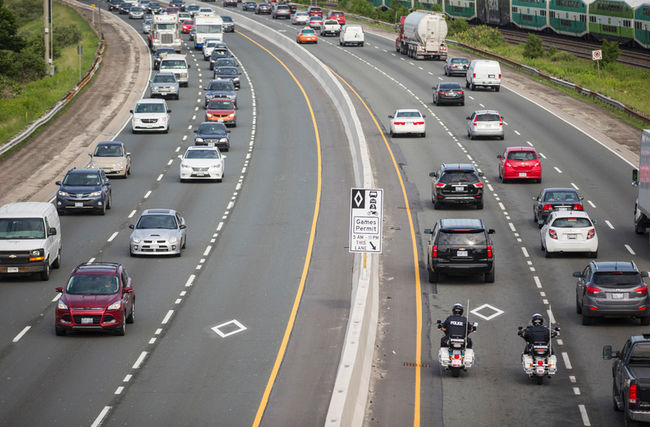
Implemented scalable Deep Neural Networks algorithms for counting passengers in vehicles. Xerox Vehicle Passenger Detection System identifies the number of occupants in a vehicle with more than 95% accuracy, at speeds ranging from stop and go to 100 mph. I created scalable deep learning convolutional neural network algorithms to count the number of passengers inside the car.
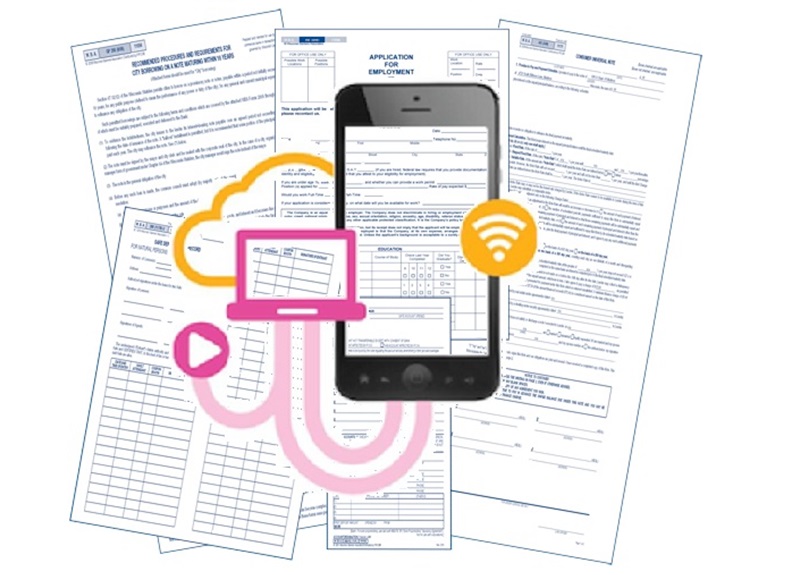
Led a digital alternatives project focused on filling out forms electronically from different sources such as mobile camera, electronic and scanners. I contributed technically to the project by Implementing high advanced image processing algorithms to analyze documents captured from different sources in order to fill them electronically on fly. The Xerox Digital Alternatives Tool maintain productivity and reduce document workflow complexity in an always-connected world. It is a workflow solution supporting today’s increasingly mobile knowledge worker population, providing the ability to complete multiple workflows within a single application and without the need for paper.
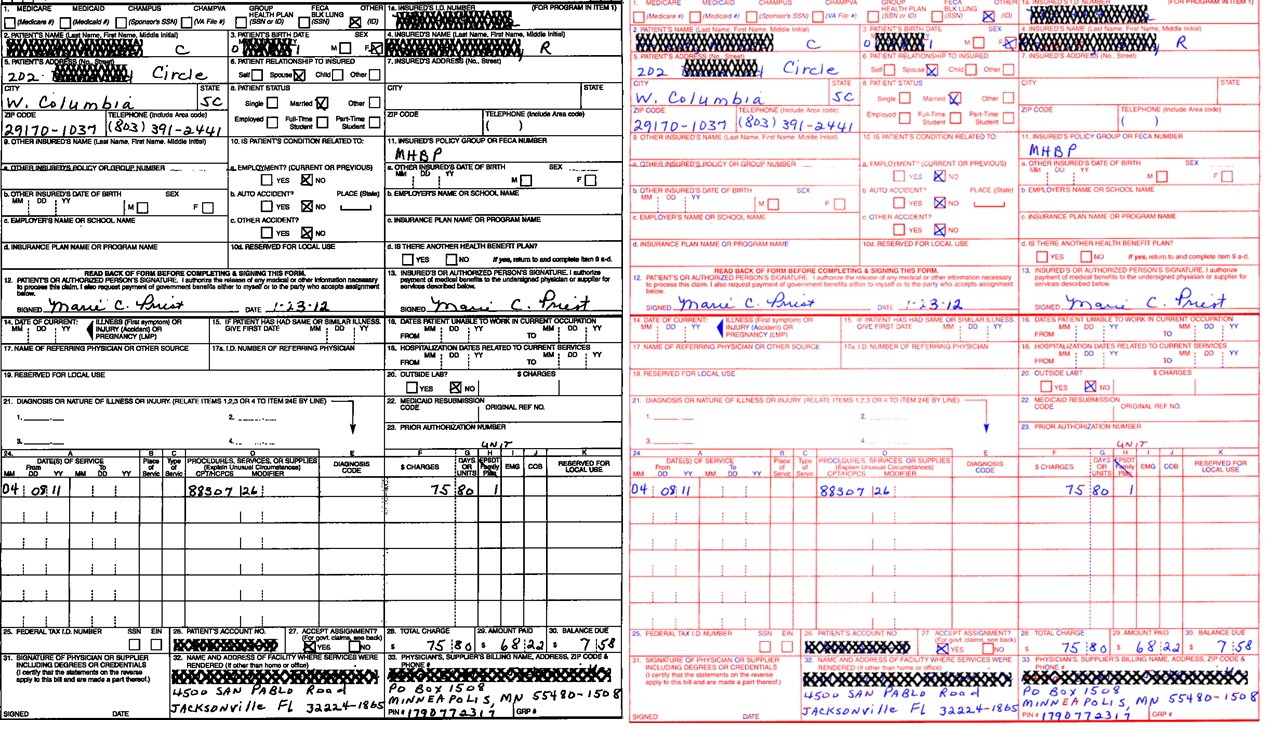
Implementing deep learning algorithms that separate handwritten from machine printed text in structured documents using auto-encoders.
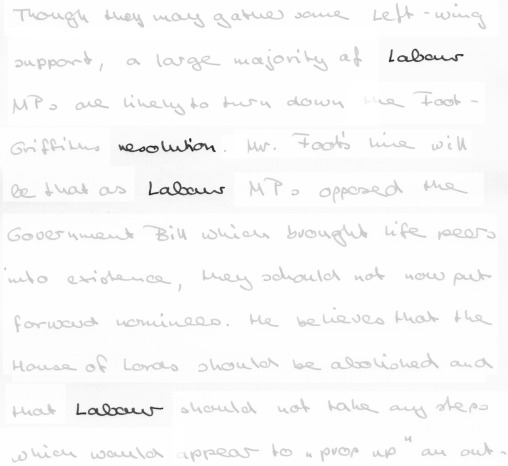
Proposed filler and background models for keyword spotting that combines local scores and global word hypotheses scores to learn a classifier for keywords and non-keywords based on statistical Markov models.
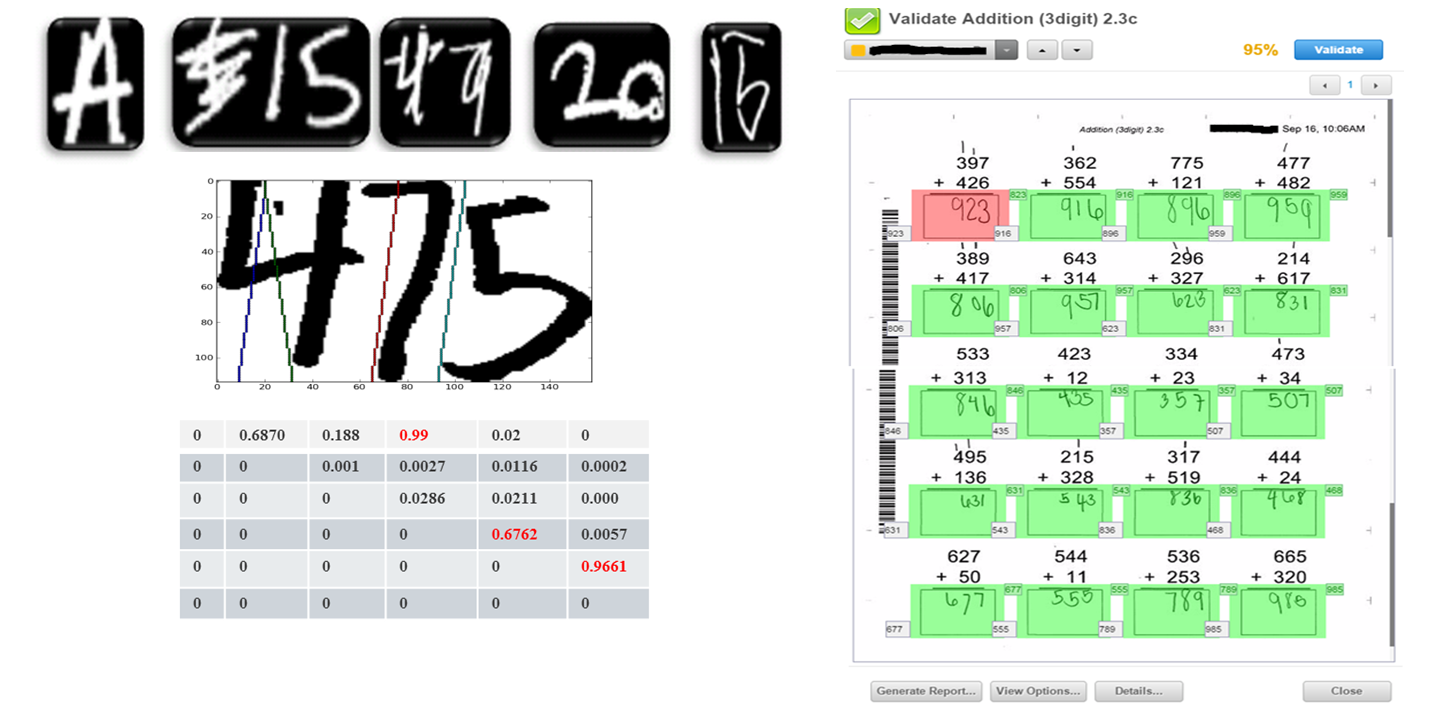
Implemented image processing and deep learning approaches using auto-encoders and convolutional neural networks to recognize students handwriting from elementary schools. Ignite is a workflow and software solution that is using the power of data to transform K-12 education. Teachers would first scan students homework and/or exams into the Ignite system via a range of multifunctional input devices. Xerox Ignite reads, interprets, and analyzes the students work in minutes.